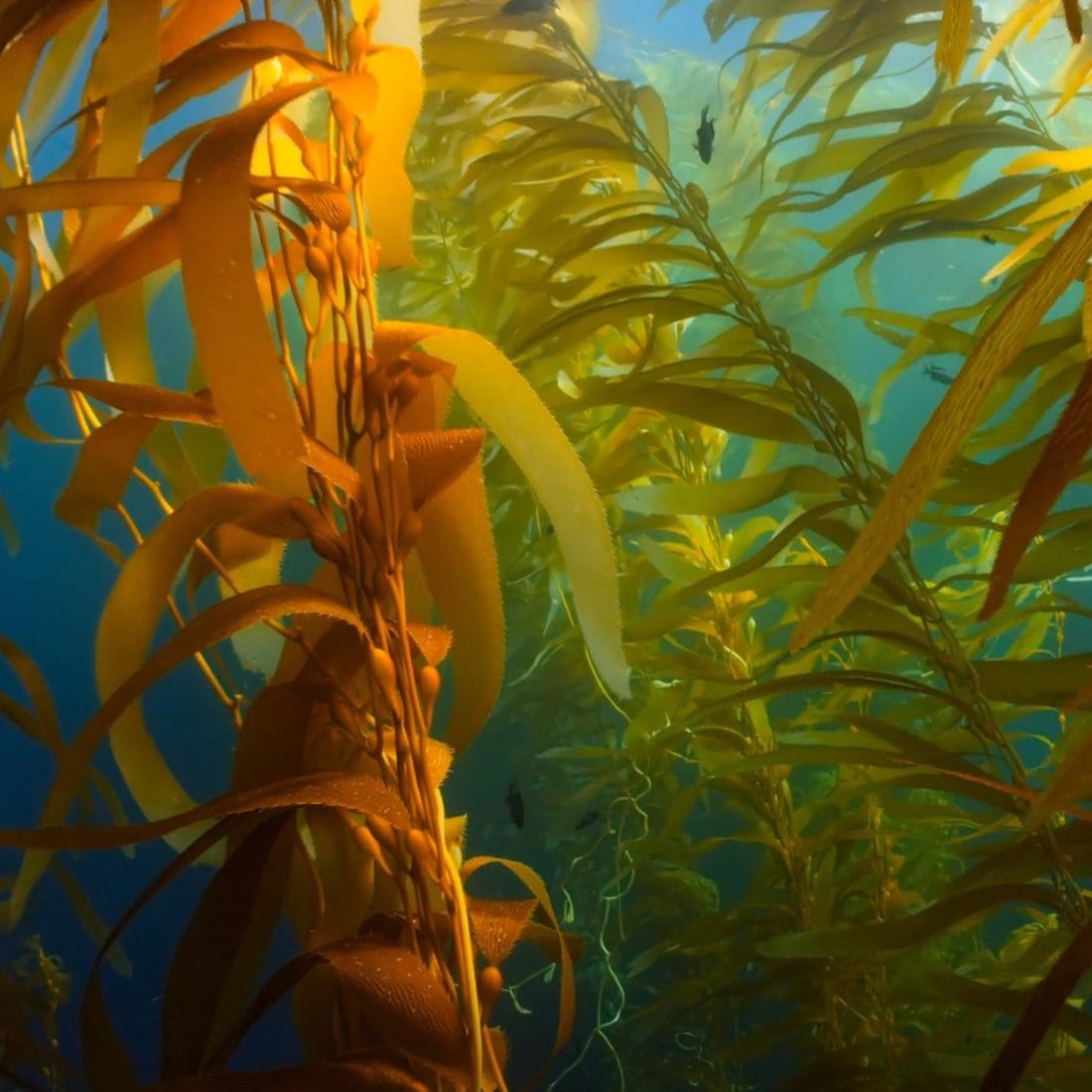Seaweed is increasingly known as a ‘superfood’ thanks to its impressive fibre, vitamin and mineral content. Some species can provide an excellent source of iodine – a mineral which people often become interested in after discovering the many health benefits. Thanks to its essential role in the production of thyroid hormones, iodine supports metabolism, energy levels, mental function and much more!

Seaweed is one of the best dietary sources of iodine available, but despite its benefits, some people may avoid consuming seaweed for this very reason. Many people worry about consuming too much iodine and harming their thyroid gland, rather than helping it. So, the question is, how can we ensure that we are consuming safe levels of iodine from seaweed?
Read on to find out about the different species of seaweed and which are the best to eat to reap the health benefits.
Seaweed species
Most people are aware that the seaweed fronds found washed up on the beach are not the same as the seaweed we find wrapped around our sushi. However, most people don’t know that there are actually around 15,000 different species of seaweed[i], with the UK being home to more than 600 of these species[ii].
Seaweeds can be split into three different (and very large) groups: brown, green and red. The species falls into whichever group it most closely matches in terms of colour, which in turn depends on the cell structure of the seaweed and the colour of the photosynthetic pigments within itii.
While all seaweeds provide a great source of nutrition from the sea, some are a better choice than others.
Eat your (sea) vegetables!
Just like land vegetables, there are many different health benefits associated with eating seaweed. However, it’s important to choose your species carefully to maximise on the advantages.
One of the most popular edible seaweed species is Nori, thanks to its ‘roll’ in sushi. Nori has a milder flavour than other seaweeds, but still packs a punch with its vitamin and mineral content. It’s a particularly good source of vitamin B12 – a vitamin which is often absent in land plants[iii]. However, Nori is naturally high in salt, and the flavoured sheets often have even more added to them. This combined with common sushi accompaniments such as soy sauce could result in an excessive salt intake.
Kombu is another popular edible seaweed species due to its rich, savoury flavour making it a tasty ingredient in dishes such as miso soup. Some of the health benefits of Kombu come from its high fibre content, as it provides around 27g per 100g[iv]. However, it’s strong flavour and rubbery texture mean it’s unlikely that you would consume enough to achieve this high a fibre intake.
Knotted kelp is a popular food ingredient thanks to its deep umami flavour and high nutrient density. It’s a particularly good source of iodine, with just one gram providing as much iodine as three mackerel[v]. This means that consuming even a small amount allows you to reap the rewards – a happy relief for a lot of people, given that seaweed is somewhat of an acquired taste. It is this species of seaweed that is sustainably harvested for use in Doctor Seaweed’s Weed & Wonderful supplements.

Discover the wonder of seaweed
The all-natural Weed & Wonderful range of seaweed supplements is vegan friendly, organic and sustainably harvested from the pristine waters of the Scottish Outer Hebrides.
Dr Seaweed’s Weed & Wonderful capsules are by far the most convenient and effective way of including seaweed into your daily food intake. As discussed in this blog, the diversity of seaweed species means there is a wide range of iodine levels present. We measure every batch of our seaweed to ensure every capsule provides a safe source of iodine - making it easy for you to reap the rewards of our top quality, highly nutritious seaweed every day.
Find out more and view our range right here.
References:

